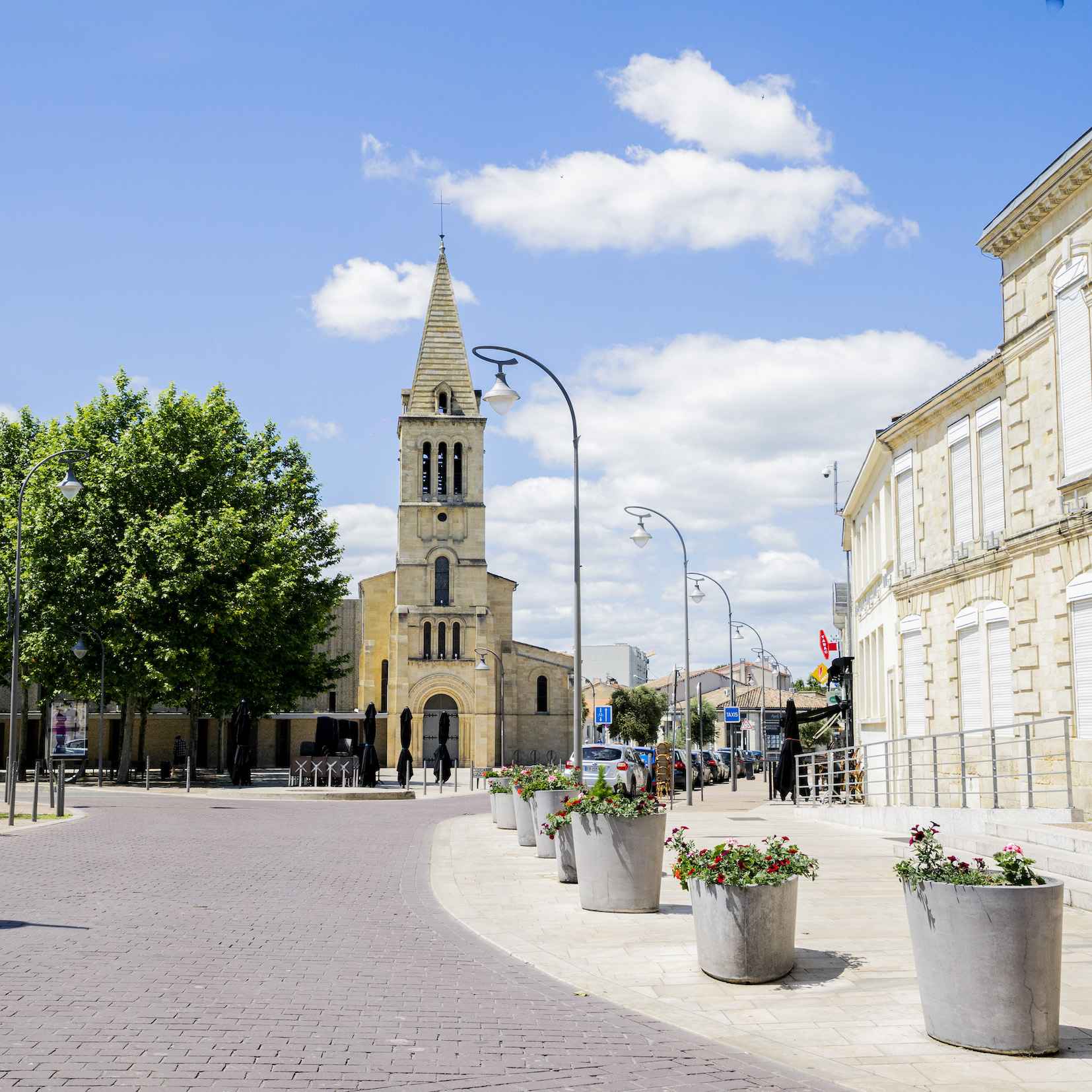
Le Bouscat
History of Bouscat
Small city bordering Bordeaux at the Avenue d'Eysines which runs along the north of the Bordelais Park and the main boulevards Pierre 1er and Godard, Le Bouscat developed in the 13th century around the current park of Castel Endorte. The existence of the municipality is attested at the end of the 18th century, under the spelling of "Bousquat". Today an integral part of Bordeaux Métropole, the Bouscat represented in the 11th century only a piece of forest that the lord of Illac conceded in the chapter of Saint-Seurin de Bordeaux. For centuries, Le Bouscat remains a hamlet surrounded by vineyards, woods and vegetable crops. Its rise will be favored by its strategic situation on the road of the pilgrims of Compostelle. In the 19th century, the small town grew with the parallel constructions of beautiful houses by the Bordeaux bourgeoisie and many stalls for agricultural workers.
Le Bouscat and its essentials
Step on the way of Tours of Compostela, The Bouscat has a refuge of pilgrims. In the immediate vicinity, the Ermitage Park offers 25 hectares of landscaped green spaces. It includes a plant labyrinth and a remarkable rose garden created in 1925. Place of historical and architectural interest, the site of bath-showers dates from the 30s: its Art-deco facade is the work of the architect Georges Barrois. In operation until 1980, the public baths of Bouscat will be rehabilitated in library youth then media library. In the city center, located on the site of the former hamlet, the town hall occupies the building that once housed the first school of Bouscat and the official residence of its director. On the religious heritage side, Le Bouscat has long enjoyed only a hermitage for pilgrims of Compostela. The construction of its parish church Sainte-Clotilde dates from 1852. A wing was added in 1963, in a contemporary style architecture. The streets lined with typical Bordeaux stalls lead from the city center to the Château des Tours, a former wine estate that was requisitioned by the German army to install its Kommandantur during the Second World War. After the estate of the last market gardener of Bouscat, are the park of Chêneraie and Castel d'Andorte, a noble house built in 1785.
Living in Bouscat
Ideally located on the edge of the Bordelais Park, Le Bouscat extends west of the boulevards up to the Chartrons district. Popular area, the town has the advantage of its close proximity to places of interest in Bordeaux: 1 km from the City of Wines, the Lake or Quai brands, and less than 2 km from the Golden Triangle. The east of the city is served by line C of the tramway. The Bouscat also seduces for the wealth of its own sports and cultural facilities: auditorium of the Hermitage, the Media Library The Source, municipal school of music, stadiums of the Ecus and Sainte-Germaine, municipal swimming pool, sports complexes Jehan Buhan, Bernard de the Filolie, Jean Martial and Jean Deycard. With 30 meetings a year, 20 of which are international in scope, the Bordeaux racecourse of Bouscat is a must in the horse racing world.
For more information : http://www.bouscat.fr/